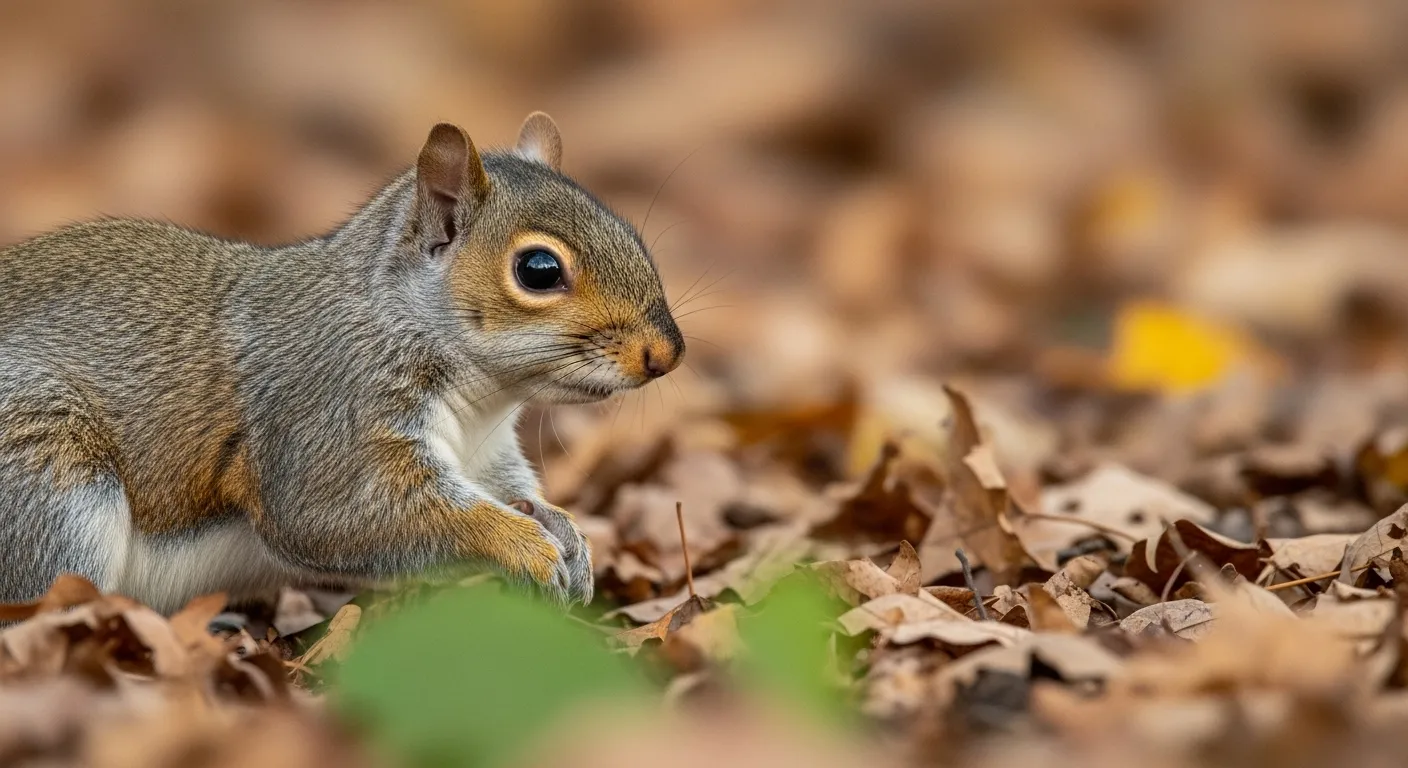
Observing Squirrels Safely and Ethically
The Eastern Gray Squirrel offers a wonderful and accessible opportunity to practice wildlife observation. Their intelligence, agility, and complex social lives provide endless entertainment and learning. By watching them, we can gain a deeper appreciation for the wild world that exists right outside our windows.
To make the most of these observations, always follow ethical wildlife viewing guidelines. The most important rule is to observe from a distance that does not disturb the animal or alter its natural behavior. Use binoculars for a closer look without getting too close. Never attempt to handle, corner, or chase a wild animal. Remember that they are wild, and a frightened squirrel can bite or scratch in self-defense.
Keep pets leashed to prevent them from chasing or harming squirrels and other backyard wildlife. When in parks or natural areas, stay on designated trails and follow all local regulations, as outlined by agencies like the U.S. National Park Service.
A Call to Observation
This week, take a few minutes to simply watch a squirrel. Don’t just glance; observe. Notice the way it uses its tail for balance. Listen for its different calls and try to guess their meaning based on the context. Look for evidence of its presence, like gnawed nuts or a drey high in a tree. You can even contribute to science by recording your sightings through citizen science platforms.
By shifting our perspective from seeing squirrels as common background noise to viewing them as the fascinating, ecologically vital creatures they are, we enrich our own connection to the natural world and become better stewards of the shared spaces we all call home.















